Aunt Felicia’s Folly?
The name, Felicia Perkins Cleaves is familiar to Kennebunkport history buffs. She is the one local legend blames for adding fanciful carpenter gothic renovations to the stately Federal-style house she grew up in at 12 Maine Street. I have heard and told her story for 20 years without knowing what she looked like. To my delight this week, The Kennebunkport Historical Society received a donation of wedding photos taken in 1858 of Felicia and her groom, Albert Lunt Cleaves.
Local house builder, Samual Davis, built the house on Maine Street in 1805 as a date-appropriate center-chimney Federal. Stephen Perkins owned the house when he died in 1832. He left it to his son Silas Perkins. On the 1856 village map, the S. Perkins house appears as a dignified rectangle with its long side facing Maine Street. By the time the 1872 village map was published, the rectangle had been turned 45 degrees with its end to the road and a funny little bump out shape added to the street side. Carpenter Gothic style was popular in the 1850s and 1860s. That’s when The Wedding Cake House got its frosting, and it is likely when the Silas Perkins House was similarly decorated.
Felicia and her grocer husband Albert Cleaves were living in Biddeford in 1860. They lived with Silas after Eliza passed in 1862 but Felicia didn’t own the house until 1876. Even then, she wasn’t anybody’s aunt yet. Her only sibling, Captain Fordyce Perkins lived in the house with them when he wasn’t on a sea voyage. His journal makes no mention of the renovations.
When Silas Perkins died in 1883, Kennebunk diarist Andrew Walker wrote that he had a rare wit and could never get enough of playing jokes. Maybe Silas got the last laugh on us all. Whoever did make the gothic alterations, the neighbors were said to have been outraged.
Albert Cleaves became a Kennebunkport schoolmaster. In 1893, he was appointed Postmaster of Kennebunkport, the same position that his father-in-law, Silas Perkins had held. Albert Jr. was working with his father in the post office when he died at the tender age of 22 in 1896. Daughter Lizzie took over the running of the Bickford House at Cape Arundel and renamed it The Arlington. Albert and Felicia passed in 1906 and 1913, respectively.
Their house on Maine Street was sold to J Harvey Wattles of Washington DC. The Wattles Family renamed it Twin Gables and summered there for many years. In the 1930s, Mina Middleton and her sister, Mary Dettart opened a tearoom and English woolen goods shop called The Hitching Post there. The Marigold Gift Shop was there next. In the 1960s, Charles Butts of Goose Rocks Beach bought the shop and with a nod to the Wedding Cake House renamed it The Engagement Cake House. Children familiar with the Hansel and Gretel fairytale just called it the Witch’s House.
In 1966, Miss Gertrude McDermitt of New York purchased the house from Mr. Butts and hired carpenter Arthur Hendrick to remove the gothic trim. The neighbors were outraged.
Hendrick discovered that the gable addition was something of a façade. It had a false roof built right over the old roof. Workmen found 8 letters written to Captain Fordyce Perkins at sea dated 1862-1865. The letters were given to a relative who believed that Felicia’s mother Eliza Foss Perkins had chosen the over-the-top decorations. The house was redesigned in 1966 as a saltbox, its third architectural style. The neighbors were outraged.
The house no longer has a nickname, but I often wonder if the nickname “Aunt Felicia’s Folly” was chosen mostly for its alluring alliteration. Eliza’s or Silas’s Folly just don’t have the same ring.


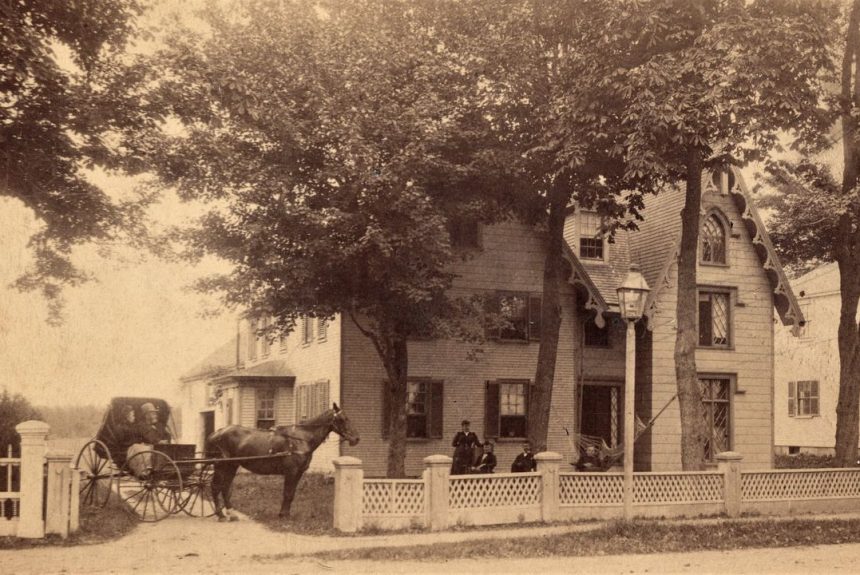

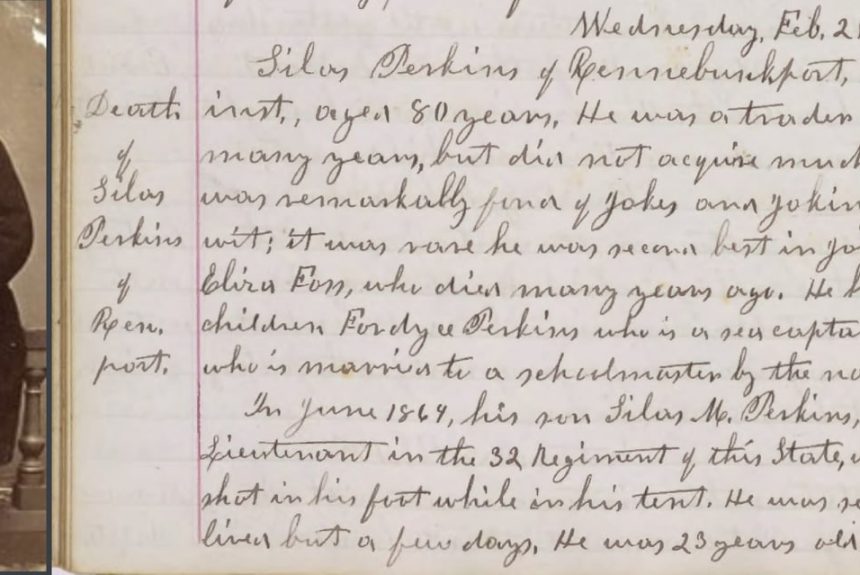
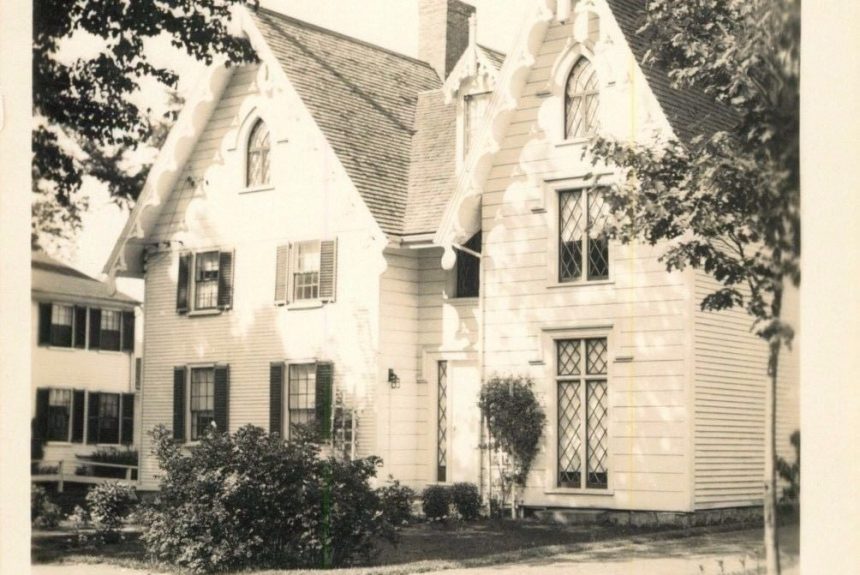
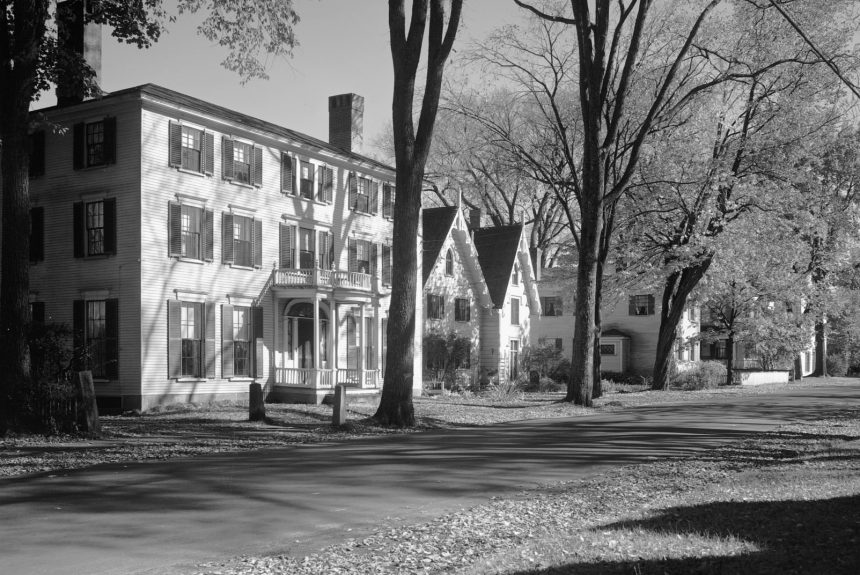
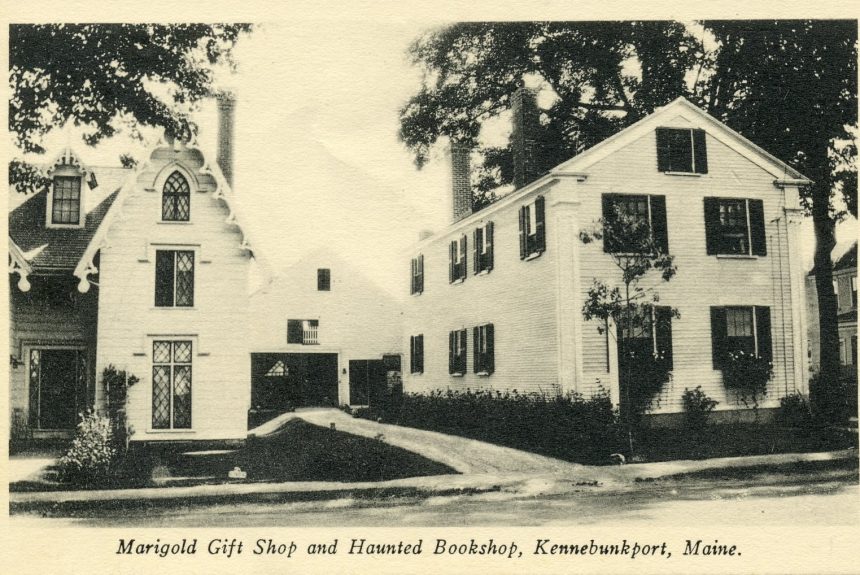
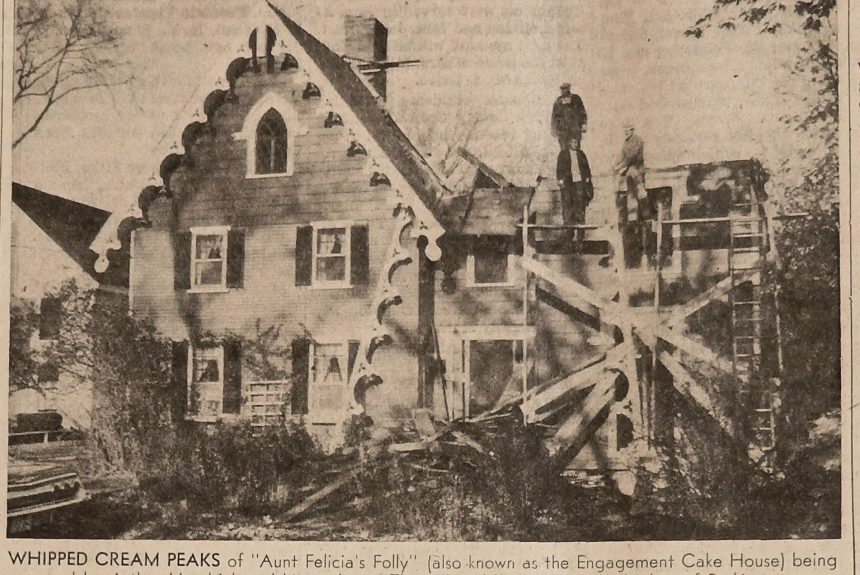
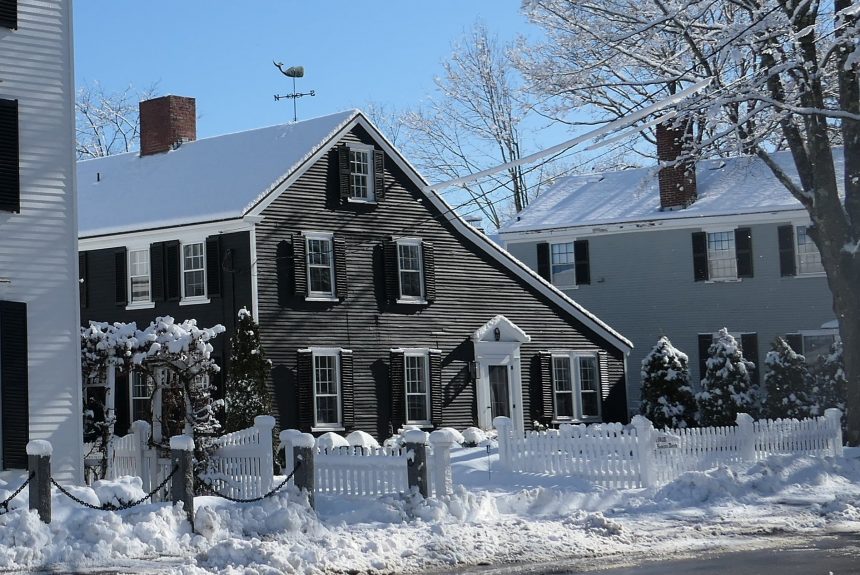
Leave a Reply